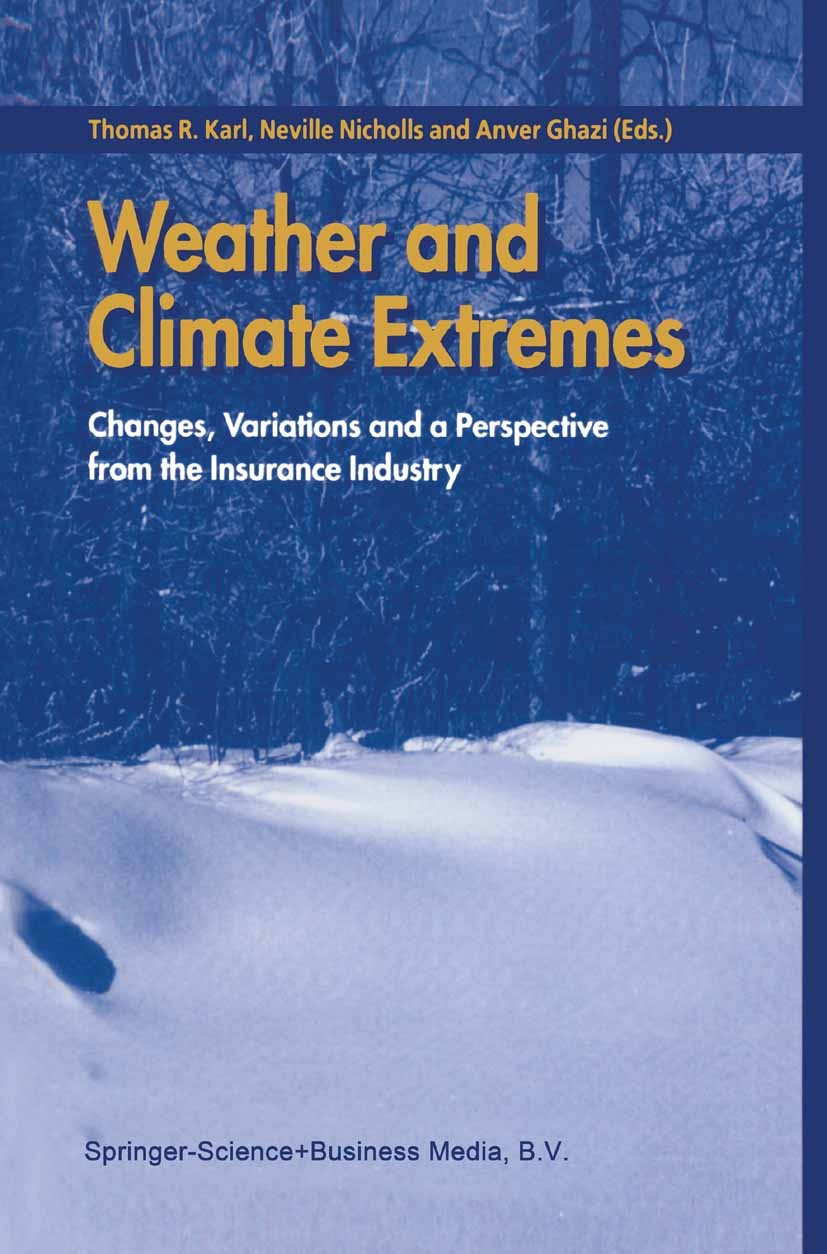区分强风和极端阵风的环境控制
IF 6.9
1区 地球科学
Q1 METEOROLOGY & ATMOSPHERIC SCIENCES
引用次数: 0
摘要
阵风的统计和理论模型可能被更常见的强事件所主导,而不是罕见但具有破坏性的极端事件。我们通过将澳大利亚新南威尔士州(NSW)的六个极端阵风案例研究与统计和机器学习(随机森林)模型相结合来解决这个问题,以确定在20年数据集中区分“强”(≥18m/s)和“极端”(≥25m/s)阵风事件的环境因素。BARRA-SY高分辨率区域再分析用于增强现场观测,并为评估提供模型阵风速度诊断,以及环境预测指标。所有极端风的情况都与深层对流有关,通常被组织成线性系统。随机森林模型预测强风的准确率达到89%,其中阵风诊断和环境背景风速是最高的预测指标。在区分极端阵风和强烈阵风方面,该模型的准确率为79%,但误报率很高。统计和机器学习分析都强调对流不稳定性指标——最不稳定对流可用势能(MUCAPE)、Derecho复合参数(DCP)和k_index——是极端阵风的关键预测指标。因此,BARRA-SY阵风速度诊断告知强风阵风,但不告知极端情况,这取决于它忽略的变量。然而,不稳定性测量也不能完美地预测极端阵风,因为它们无法捕捉到在一些案例研究中看到的风暴触发条件。这些发现表明,驱动极端阵风的因素与驱动强烈但不那么极端的阵风的因素有很大不同。因此,综合考虑所有强风的统计分析或预测模型很可能无法揭示造成影响最大的最极端事件的环境因素。本文章由计算机程序翻译,如有差异,请以英文原文为准。
Distinguishing environmental controls on strong vs. extreme wind gusts
Statistical and theoretical models of wind gusts may be dominated by more common strong events, rather than rare but damaging extreme ones. We address this by combining case studies of six extreme gust cases in New South Wales (NSW), Australia, with statistical and machine-learning (random forest) models to identify environmental factors distinguishing “strong” () vs. “extreme” () gust events in a 20-year dataset. The BARRA-SY high-resolution regional reanalysis is used to augment in-situ observations and provide a model gust speed diagnostic for evaluation, as well as environmental prediction metrics. All the extreme wind cases were linked to deep convection, often organized into linear systems. A random forest model achieved 89% accuracy for predicting strong winds generally, with the gust diagnostic and environmental background wind speeds as the top predictors. For distinguishing extreme from strong gusts, the model’s accuracy was 79%, but with a high false alarm rate. Both statistical and machine-learning analyses highlight convective instability metrics — Most Unstable Convective Available Potential Energy (MUCAPE), Derecho Composite Parameter (DCP), and k_index - as key predictors of extreme gusts. The BARRA-SY gust speed diagnostic thus informs about strong wind gusts, but not extremes, which depend on variables it ignores. Instability measures, however, are also imperfect predictors of extreme gusts because they fail to capture storm trigger conditions, seen in some of the case studies. These findings demonstrate that the factors driving extreme wind gusts differ substantially from those driving strong but less extreme gusts. Therefore, statistical analyses or predictive models that consider all strong gusts collectively will likely fail to uncover the environmental factors responsible for the most extreme events with greatest impact.
求助全文
通过发布文献求助,成功后即可免费获取论文全文。
去求助
来源期刊

Weather and Climate Extremes
Earth and Planetary Sciences-Atmospheric Science
CiteScore
11.00
自引率
7.50%
发文量
102
审稿时长
33 weeks
期刊介绍:
Weather and Climate Extremes
Target Audience:
Academics
Decision makers
International development agencies
Non-governmental organizations (NGOs)
Civil society
Focus Areas:
Research in weather and climate extremes
Monitoring and early warning systems
Assessment of vulnerability and impacts
Developing and implementing intervention policies
Effective risk management and adaptation practices
Engagement of local communities in adopting coping strategies
Information and communication strategies tailored to local and regional needs and circumstances
 求助内容:
求助内容: 应助结果提醒方式:
应助结果提醒方式:


